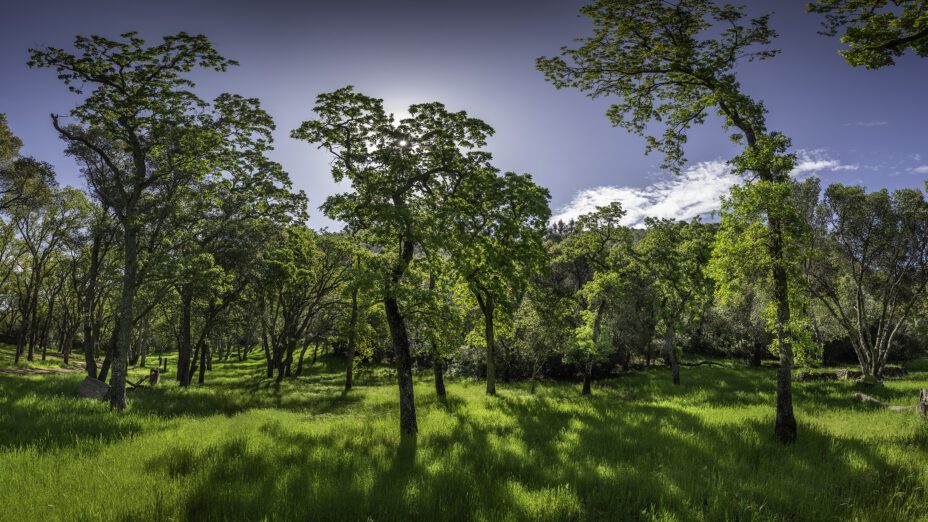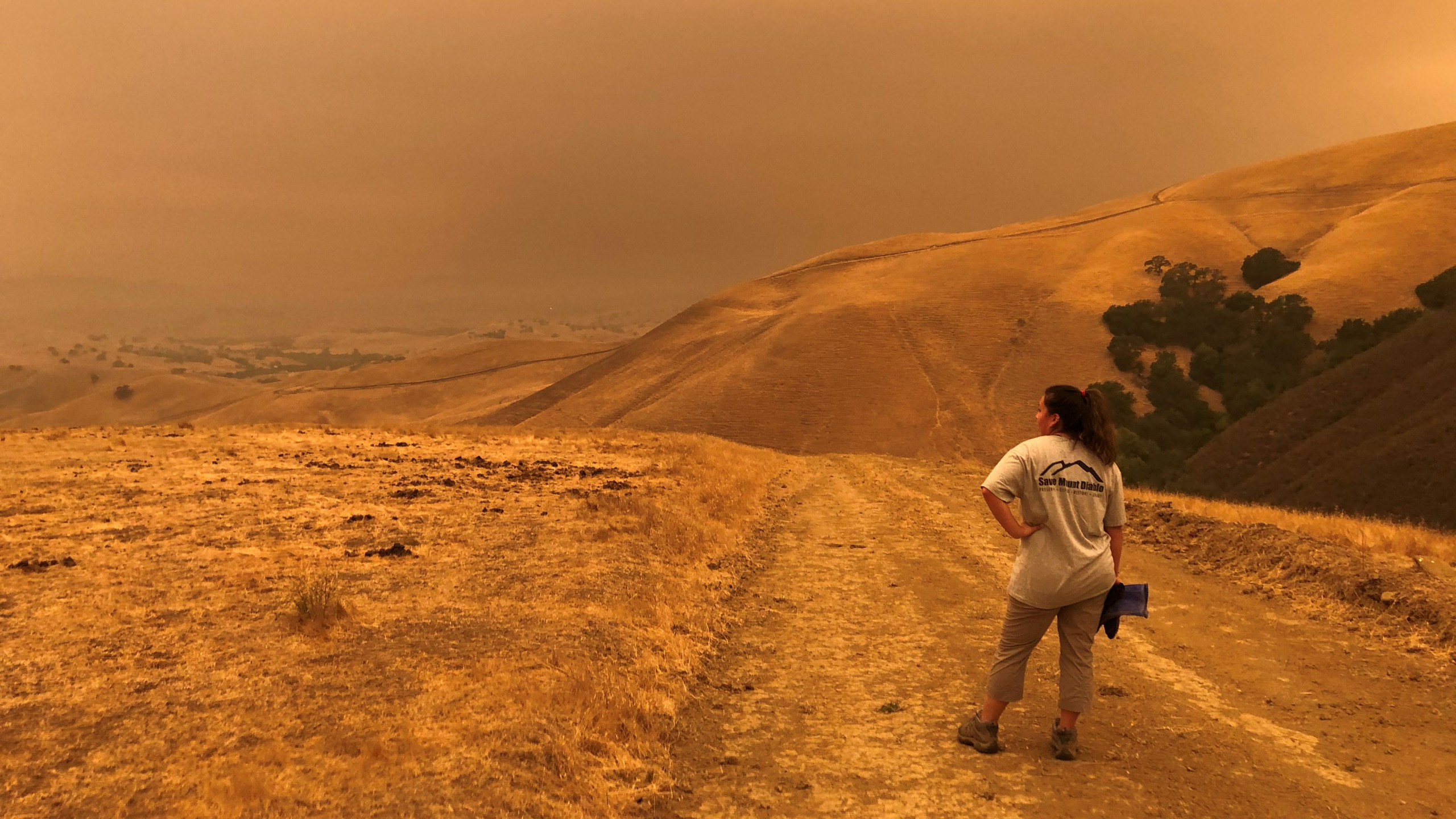
“The best time to plant a tree was 20 years ago. The second best time is now.”
— Chinese Proverb
In the last 100 years, a combination of burning fossil fuels, deforestation, habitat conversion, catastrophic wildfires, and other factors have drastically increased atmospheric greenhouse gases, accelerating the climate crisis forward.
There’s a record amount of carbon dioxide in the atmosphere. However, there are many ways to combat climate change and reduce carbon. One way is through effective stewardship and restoration of the land. (In fact, the UN recognizes land use and management as the one of the top three best strategies for addressing climate change.)
How Does Land Restoration Help to Address the Climate Crisis?

Trees and other plants naturally absorb carbon, so by planting more trees and other native plants, we will capture more carbon from the atmosphere, thereby mitigating the effects of climate change. Plants store carbon, not only above ground, but in their root systems underground. Even if a wildfire occurs, the soil carbon stored by trees, bunchgrasses, and other native plants with deep root systems will remain.
With good stewardship practices, we manage natural lands to mitigate the effects of climate change and enhance the resilience of natural and human communities.
Protecting 10,000 Trees and Plants in 10 Years
As a part of our Climate Action Plan, Save Mount Diablo is developing and implementing a restoration plan to protect or plant 10,000 trees and plants in the next 10 years.
We’ll reach this goal in part by putting tree cages around native tree seedlings—both those we’ve planted and those that are volunteers—to protect them from herbivory so that they can survive into adulthood. (This strategy is especially important for native oak seedlings, which often get nibbled by small mammals and other animals.)
We’ll also remove invasive plants to give native ones more room to grow, plant new trees from seed or certified nurseries, and partner with native plant organizations.
And we’re inviting you, as part of our community, to help us plant and protect 10,000 native trees and plants in 10 years by volunteering and through our Conservation Collaboration Agreements.
We are grateful to our lead sponsor, Marathon Martinez Renewable Fuels, for their support of this project.
Top photo: Stephen Joseph


